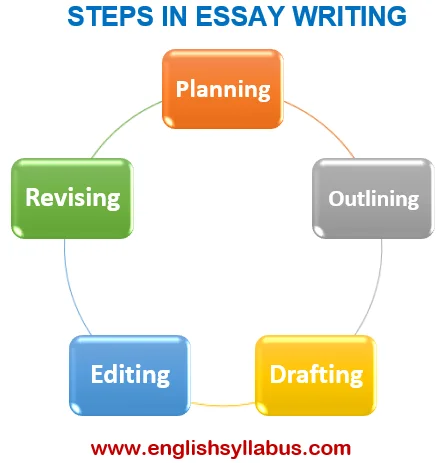Introduction to Essay Writing
In the process of essay writing, the introduction appears first. So, your essay must grab the interest of your readers and offer the keynote topic. In an introductory paragraph, the thesis statement is frequently the first or final sentence. But, the process of Essay writing follows these five steps:
- Planning (arranging your ideas)
- Outlining your Thesis Sentences
- Drafting (Putting ideas together)
- Editing (making corrections)
- Revising (improving your essay)
Open with a Quotation
Starting with an excellent brief quotation is sure to stimulate people’s curiosity. It must, however, flow organically into your Main idea and not just be there for show. But, if you’re going to open with a quotation, make sure you identify the speaker.
Give an Example or Tell a Story
Tell the story or give an example. People enjoy tales, so starting an essay with a story “ or example is a good way to get people interested. So, begin with an unexpected fact or thought. People are fascinated by surprises. Users are more inclined to notice anything unexpected or stunning.
Offer a Strong Opinion or Position
People are more inclined to pay attention if they have a strong perspective. Don’t waste your time with clumsy introductions. So, make a big show and say it loudly!
Ask a Question
If you begin your introduction with a question, your readers will need to continue reading to find out the solution.
Building Body for Organized Essay Writing
Primary Support
Choose three to five essential supporting points that will help readers understand your main idea. They will become topic sentences of paragraphs that support your thesis statement if you are writing an essay. These will serve as the principal support for your topic sentence if you’re constructing a paragraph. Using the greatest examples, facts, and observations to support your primary thesis, choose the support that will be the clearest and most compelling to your readers. So, remove any thoughts that are unrelated to your core topic.
Add Secondary Support
After you’ve chosen your strongest major support points, you’ll need to elaborate on them for your audience. To back up your key support points, provide secondary support, particular instances, facts, and observations.
Write a Conclusion
An ending sentence returns to the primary subject and makes a statement based on your writing. The main sentence is not simply repeated in the final sentence. But, remember that what people see, hear, or read last is what they remember best. Make a final push for your major point in your conclusion. Make sure your conclusion has the same, if not more, vigor than the whole essay.
BASICS OF A GOOD ESSAY WRITING CONCLUSION
A strong ending gives readers a feeling of completeness by returning them to where they began while simultaneously demonstrating how far they have progressed.
Essay Writing Complete Process
1. Planning (arranging your ideas)
It’s time to construct a more specific outline for your paragraph or essay once you’ve selected how to organize your major support arguments. Arranging your thoughts in an outline is a nice, visual approach to organizing a draught. The main sentence (for a paragraph) or thesis statement (for an essay) is listed first, followed by the major support points and secondary supporting elements for each of the support points. Because, it acts as a road map for your thoughts, which you may follow while you write.
2. Outlining (Enlist Main Ideas)
If you’re writing an essay, the main points of support for your thesis statement will become Topic sentences for the paragraphs that make up the essay’s body. So, details that support the theme phrases will be part of these paragraphs.
3. Drafting (Putting ideas together)
A draft is the first complete version of a piece of writing that contains all of your thoughts. Use your plan to construct entire phrases for main support points when you start writing a draught. But, make sure your main idea is part of it, and that each point expresses itself in a complete sentence. You may wish to add support or rearrange the order as you write. It’s fine to update your outline as you write because an outline is only a plan.
4. Editing (making corrections)
Finding and correcting errors in grammar style, word choice, use, capitalization, and punctuation is what editing is all about. When you edit, you’re looking at the words and phrases you’ve used. So, you should revise it to remove any errors or distracting elements that might prevent readers from comprehending your message.
5. Revising (improving your essay)
Revising entails revisiting your ideas to improve their clarity, strength, and persuasiveness. And, when you revise, you’re assessing how well you’ve communicated your message.

